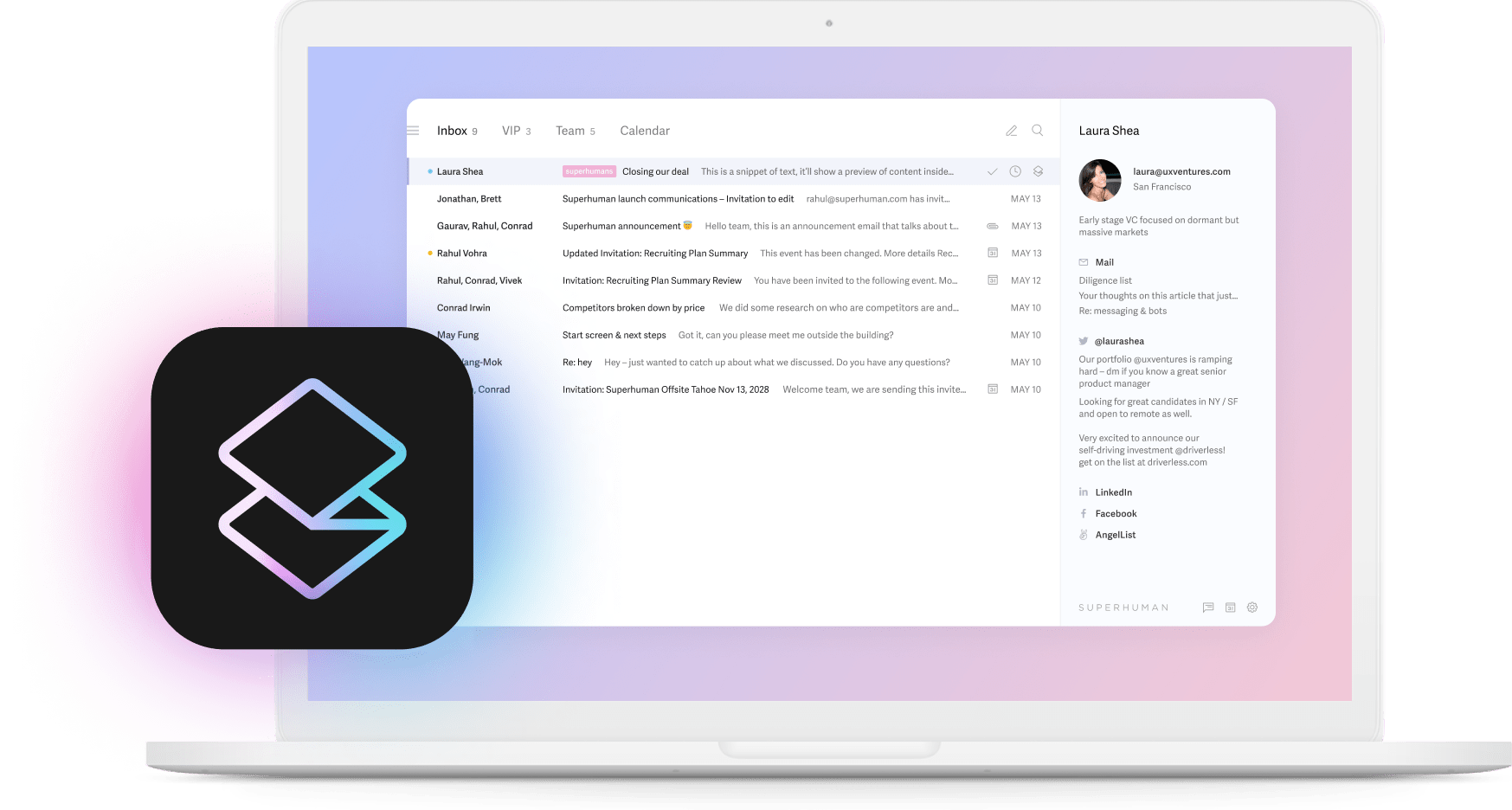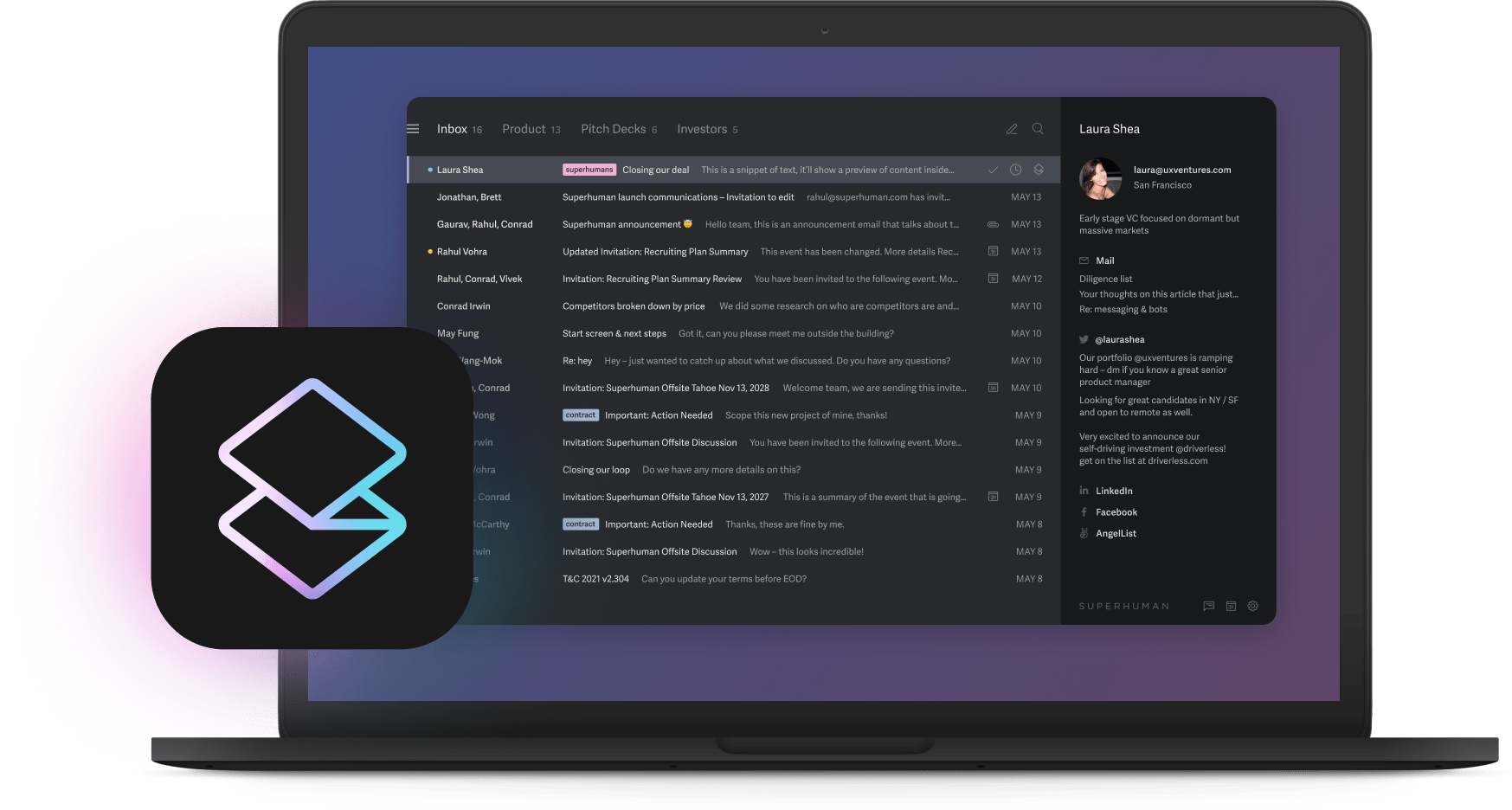
Most growth teams throw money at lead sources like they're feeding quarters into a broken slot machine. They'll spend $50,000 on a conference, $20,000 on LinkedIn ads, and another $30,000 on content marketing without knowing which one brings in customers who pay their bills.
68% of people start looking for your product by typing something into Google. Yet most teams can't tell you which of their lead sources generated last quarter's biggest deals.
A lead source is where someone first discovers your company. Not where you captured their email or got them to download your ebook. Where they first heard about you. This matters because organic search drives 1,000% more traffic than social media, but you wouldn't know that from how most companies split their marketing budgets.
The seven channels below work for fast-growing tech companies. Each comes with metrics that matter, tactics that work, and examples from companies you know.
1. Email marketing
Email marketing beats every other channel when you measure what matters. That $42 return for every dollar spent builds entire businesses when done right.
Tracking opens and clicks won't tell you much. What matters is how many of those clicks turn into qualified prospects and how much you're spending to get each paying customer. The best campaigns tag every link with UTM codes so you can trace revenue back to specific emails.
Think about email like having a conversation that scales. Set up sequences that respond to what people do:
- Someone downloads your security checklist? Send them case studies about companies that got breached. Create a sequence that shares "How [Company] Prevented a $2M Data Breach" two days after download, followed by "5 Security Mistakes That Cost [Industry] Companies Millions" a week later. Use read statuses to see who's engaging with your security content multiple times. These prospects are showing serious buying intent and should get priority follow-up calls.
- They visit your pricing page three times? Maybe they're ready to talk to sales. Set up triggers that notify your sales team when someone hits pricing repeatedly within 48 hours. Send a personalized email like "I noticed you're evaluating our pricing options. Would a quick 15-minute call help clarify which plan fits your needs?" Use auto reminders to remind yourself to call if they don't respond within 24 hours.
- You see they've opened your email? Call them while they're still thinking about your message. When read statuses show someone opened your proposal email on their phone at 7 AM, call them at 9 AM while your message is fresh in their mind. Create email snippets for common scenarios like "Hi [Name], I saw you had a chance to review the proposal this morning. Do you have 10 minutes to discuss next steps?"
2. Search engine optimization
53.3% of web traffic comes from organic search compared to 5% from social media. Once you start ranking for the right keywords, you get leads while you sleep.
Track organic traffic growth, keyword rankings, qualified leads from search, and conversion speed. Unlike paid ads where you stop getting results the moment you stop paying, SEO gets more valuable over time.
- Start with topic clusters around what your customers care about like "security compliance" for cybersecurity tools or "team collaboration" for project management software
- Create the most helpful content on the internet for your category. Think comprehensive guides, comparison tools, ROI calculators that solve real problems
- Fix the technical issues that make your site slow. Core Web Vitals, image optimization, mobile responsiveness
- Focus on keywords that show buying intent, not just high search volume. "Best CRM for small business" beats "what is CRM"
Ahrefs gets over 5.7 million monthly visitors with little to nothing spent on ads. They did this by answering every question someone might have about SEO. When people search for anything related to SEO tools, Ahrefs shows up.
3. Paid advertising
Paid ads give you leads immediately if you don't waste money on the wrong audience. 65% of B2B companies acquire customers through Google Ads, and AI technology powers 68% of top-performing campaigns through real-time optimization.
Don't just track cost per lead. Track which leads become customers and how much they're worth over time. A $50 lead that never buys anything costs more than a $200 lead that becomes a $50,000 customer.
- Use Single Keyword Ad Groups to make your ads hyper-relevant. One ad group for "project management software for agencies," another for "task tracking tools for remote teams"
- Try LinkedIn Conversation Ads that start real discussions. "What's your biggest challenge with customer data?" beats "Book a demo now"
- Set up remarketing that follows prospects with helpful content. Send pricing guides to people who visited your features page, and case studies to those who read your blog
Marathon Health generated $66 million in pipeline through targeted advertising and account-based marketing. They used intent data to identify companies seeking healthcare solutions, then delivered personalized ads and content that matched exactly what prospects were researching.
4. Social media
Social media works differently than other channels. People spend 2.5 hours a day on social platforms, but they're not shopping. They're learning, networking, and avoiding work. You need to build relationships before you can build pipeline.
Measure engagement rates more than follower counts. Track how often people mention your company compared to competitors. The most valuable social leads come from genuine conversations, not promotional posts.
- Get your founders posting insights that help people do their jobs better. Share specific frameworks like "how to run effective retrospectives" or industry predictions based on customer data patterns
- Build communities around your product where customers solve problems together. Create Slack workspaces for power customers, host monthly virtual meetups for specific use cases
- Turn your research and case studies into videos people can watch during their commute. Five-minute CEO interviews explaining customer wins, animated breakdowns of complex implementation processes
DocuSign grew their community from 550 to 800 participants through targeted LinkedIn campaigns. Instead of promoting their product directly, they created valuable roundtable discussions where sales operations leaders could share insights and learn from each other.
5. Customer and partner referrals
Referrals are the easiest sales you'll ever make. Referral leads convert 30% better than other sources. Referred customers convert 30% more often and spend 16% more money over their lifetime.
Track referral volume, close rates, lifetime value versus customer acquisition cost, and satisfaction scores from referring customers. The best referral programs make customers successful first, then ask for introductions.
- Build programs that make referrals effortless for happy customers. One-click referral links in customer success emails, pre-written templates they can customize and send to colleagues
- Include referral requests in onboarding when people are most excited. Add "invite your team" step in setup flows, and offer extended trials for every colleague they bring in
- Create revenue-sharing deals with partners who can introduce you to their customers. 20% commission for consultants who recommend your tool, co-marketing agreements with complementary software vendors
Dropbox achieved 3900% growth in 15 months by making referrals core to their product experience. Every time someone reached their storage limit, the natural next step was inviting friends to get more free space for both customers.
Shared email conversations let customer champions bring teammates into ongoing discussions with your team. Everyone can see the real conversation and understand the value you provide.
6. Content marketing
Content marketing builds trust while capturing leads throughout the buying process. Strategic content generates 73% more qualified leads by answering questions at the right moment. Plus, 62% of B2B buyers consume three to seven pieces of content before they'll talk to sales.
Measure download rates, webinar attendance, and engagement time. The best content combines genuinely helpful information with clear next steps for interested prospects.
- Create ROI calculators that help prospects quantify the value of solving their problem. Cost savings from automation tools, time saved with project management software, revenue increase from CRM implementations
- Publish benchmark reports that show people how they compare to their peers. "State of Sales Productivity 2024," industry-specific performance metrics, salary surveys for different roles
- Build interactive demos that let people experience your product without talking to sales. Sandbox environments, guided product tours, feature-specific walkthroughs they can complete in 10 minutes
Buffer built their blog to over 1.5 million monthly visits by consistently publishing research and insights that help marketers and small businesses succeed on social media. They didn't just promote their scheduling tool. They shared data-driven articles, productivity tips, and social media strategies that made their audience better at their jobs.
Turn your long-form content into personalized snippets for outreach. Instead of sending generic emails, reference specific articles that match each prospect's situation.
7. Events
32% of B2B marketers say events and webinars are their most effective channels for generating leads. People who meet you in person or attend your webinars show genuine interest and make decisions faster.
Track registration rates, attendance conversion, and pipeline value per attendee. Focus on engagement quality, not just attendance numbers.
- Host small meetups around major conferences where you can have real conversations. Schedule intimate dinners for 12-15 prospects during SaaStr or Dreamforce, rent a nearby restaurant private room, and focus on industry challenges rather than pitching your product. Attendees remember genuine discussions about scaling teams or navigating compliance better than booth demos.
- Co-host webinars with partners to reach their audience while providing value. Partner with complementary software companies to present "The Complete Guide to Sales Stack Integration" or team up with consultants to show "ROI Frameworks That Work." Split the registration list and each company gets warm introductions to pre-qualified prospects.
- Run workshops that teach people something useful while demonstrating your expertise. Offer hands-on sessions like "Build Your First Sales Dashboard in 60 Minutes" or "Audit Your Security Setup Live." Participants leave with results and see your product solve real problems in real-time.
Companies that showcase advanced product capabilities at their annual conferences often see increased deal sizes compared to standard demos. Education plus networking creates memorable experiences that influence buying decisions, especially for technical audiences who can see features they couldn't experience in typical sales presentations.
Scheduled email delivery and automatic reminders help you follow up with event attendees at the perfect moment. You stay top of mind without seeming pushy.
Turn lead sources into revenue growth
These seven channels work best when they support each other. Email marketing nurtures prospects who found you through SEO. Social media amplifies your content marketing. Events create referral opportunities. Each channel makes the others more effective.
Keep testing and improving. What works today might not work next quarter because markets change, buyers evolve, and competitors adapt. The teams that win spot changes early and adjust quickly.
Start by auditing what you're doing now. Set up proper tracking with UTM codes. Build dashboards that show real-time performance across all channels. This foundation lets you make smart decisions about where to spend time and money.
Superhuman helps teams save 4 hours per person every week while responding 12 hours faster to prospects from every channel. When you can move this fast on leads from all seven sources, email stops being a bottleneck and becomes an advantage that helps you win more deals.





